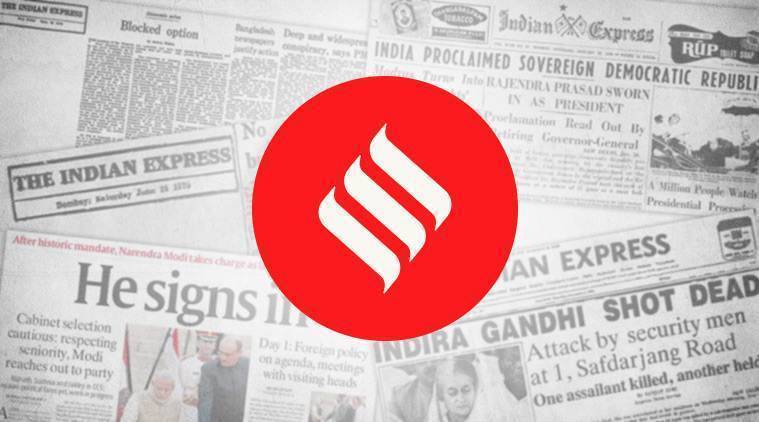 The cover of its first digital-only edition appears to be a departure from tradition.
The cover of its first digital-only edition appears to be a departure from tradition.
Till earlier this week, only one man had appeared on the cover of Playboy — its founder, Hugh Hefner. For all the brouhaha about its centrefolds, and even at times some very high-quality writing, the magazine was seen as a symbol of a particular notion of masculinity.
The “bunnies” and their objectification, the Playboy mansion and the decadence (some would say debauchery) of the parties held there, told men for over two generations what to aspire to. The essence of that aspiration was the female body — the “bunny” — and desire for it was inextricably tied up with a kind of consumerism.
The cover of its first digital-only edition appears to be a departure from that tradition. It features Puerto Rican popstar Bad Bunny, who has in his short time in the limelight embraced a queer aesthetic and stood up publicly and vocally for LGBTQI rights.
To be fair, Playboy has been trying to carve a new brand image for some time. In 2017, for example, it featured its first transgender model. There is a cynical explanation: The internet, and easy access to pornography, have made the centrefold redundant. Those coming of age in the 21st century are grappling with notions of sexuality and sexual exploration in a manner that is more complex and complicated than when Hefner first made his mark.
For too long, masculinity has been presented only in the form of machismo, of objectifying and attacking others — women, the queer community, anyone who is different. Whatever the reason behind the new Playboy, Bad Bunny is a good choice. The golden nails, his lips lined with the Playboy bunny logo, give men something new to aspire to — fluidity, courage, flamboyance, self-expression. The magazine for men was first published in 1953. For much of that time, it thrived by giving them infantilised, unidimensional images of women because its customers and readers rewarded that editorial judgement. Now, a better Bunny could be the sign of a better man.